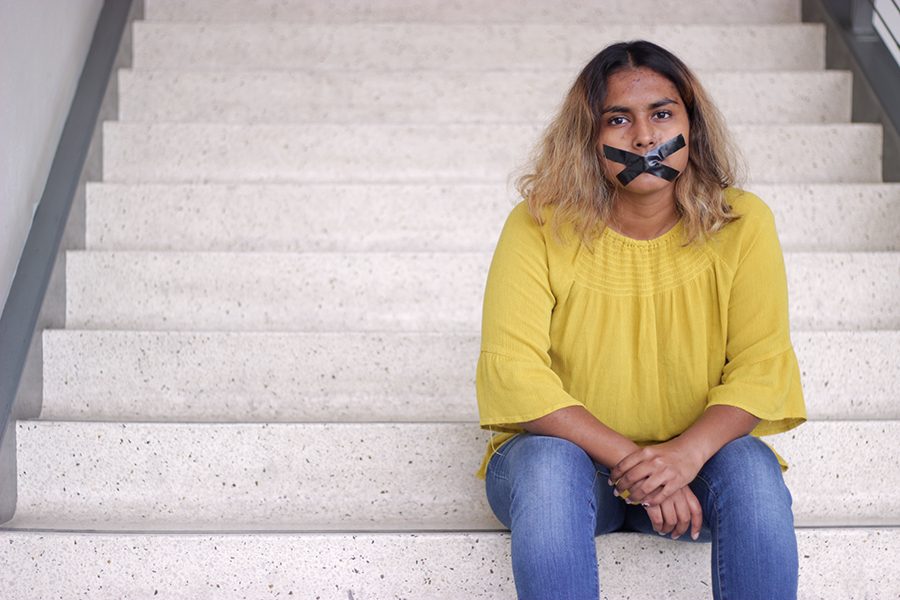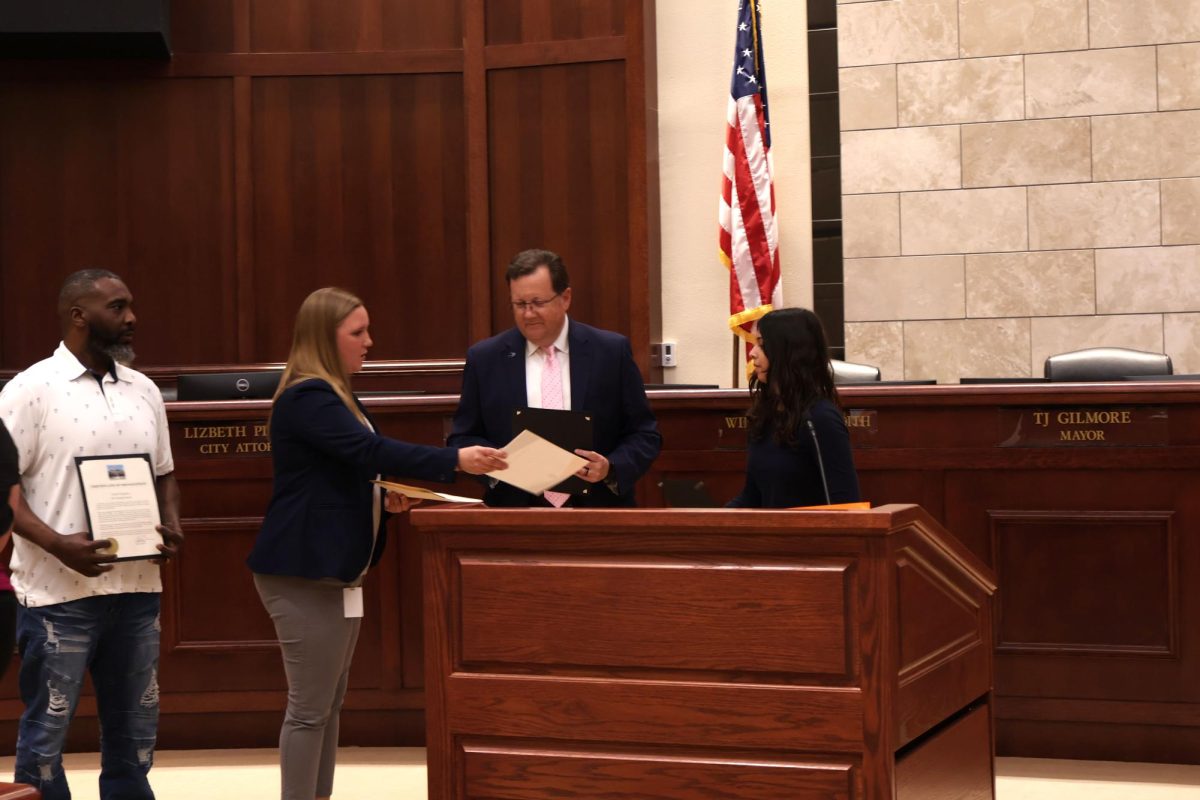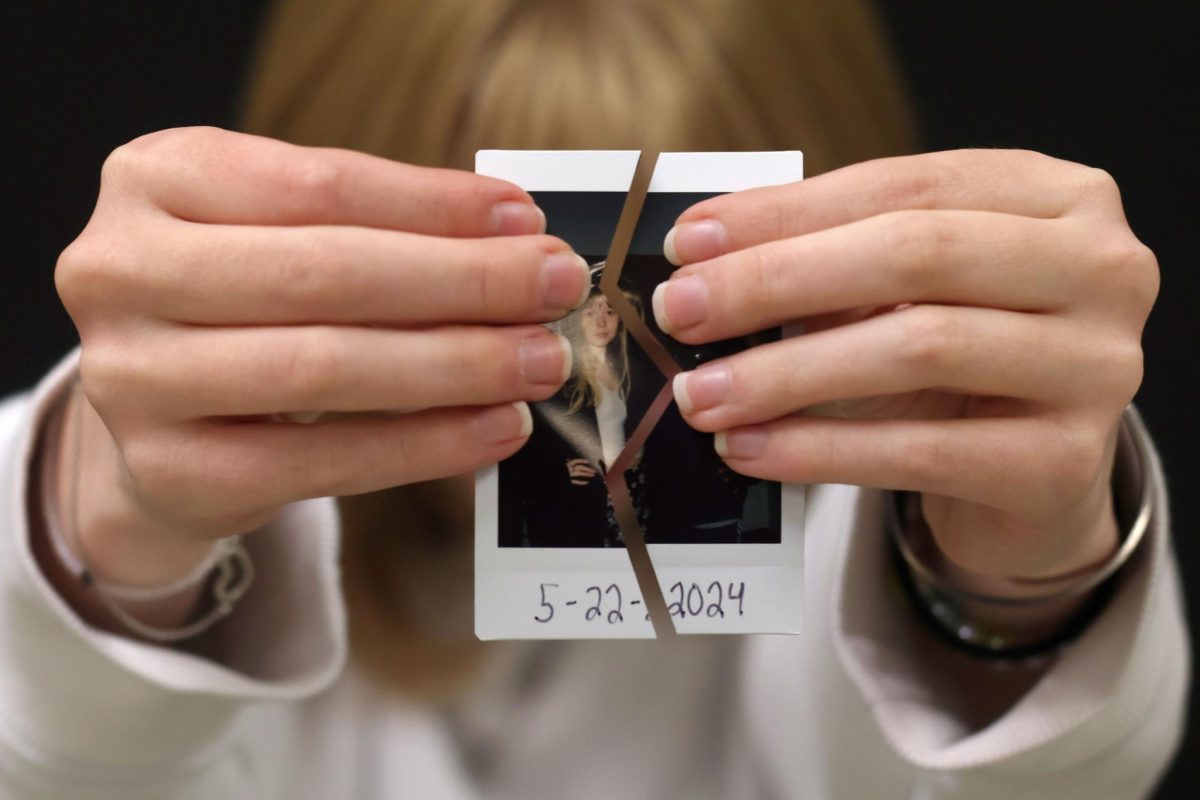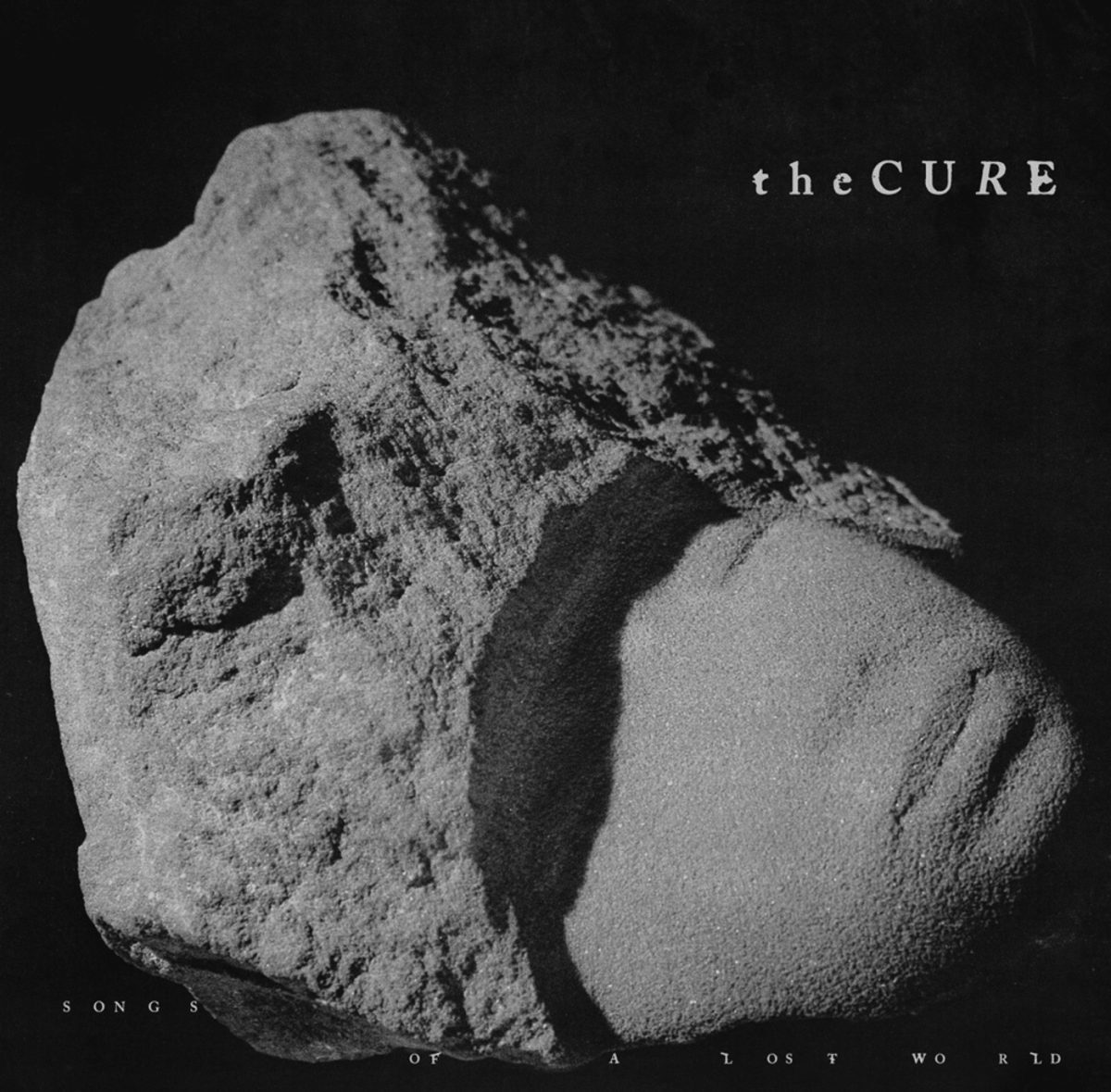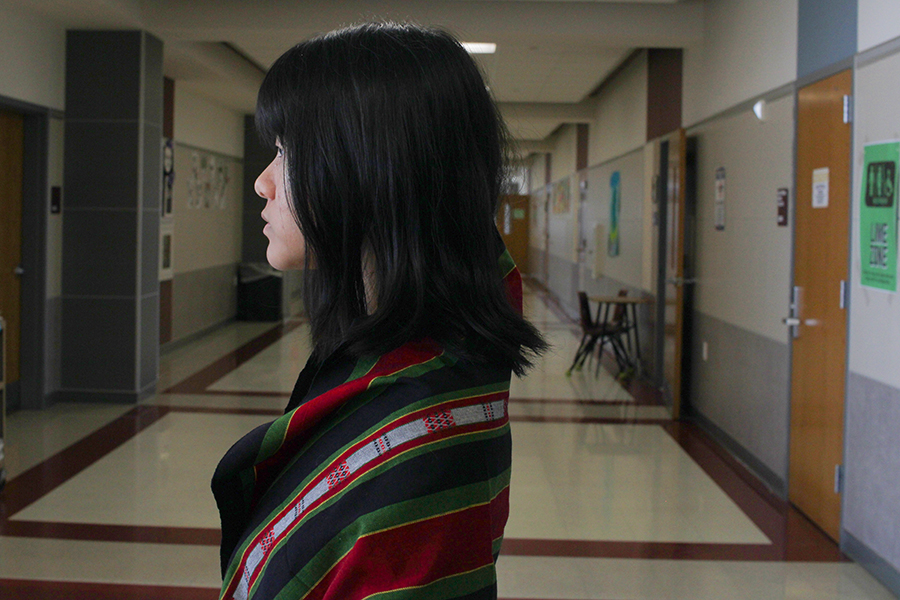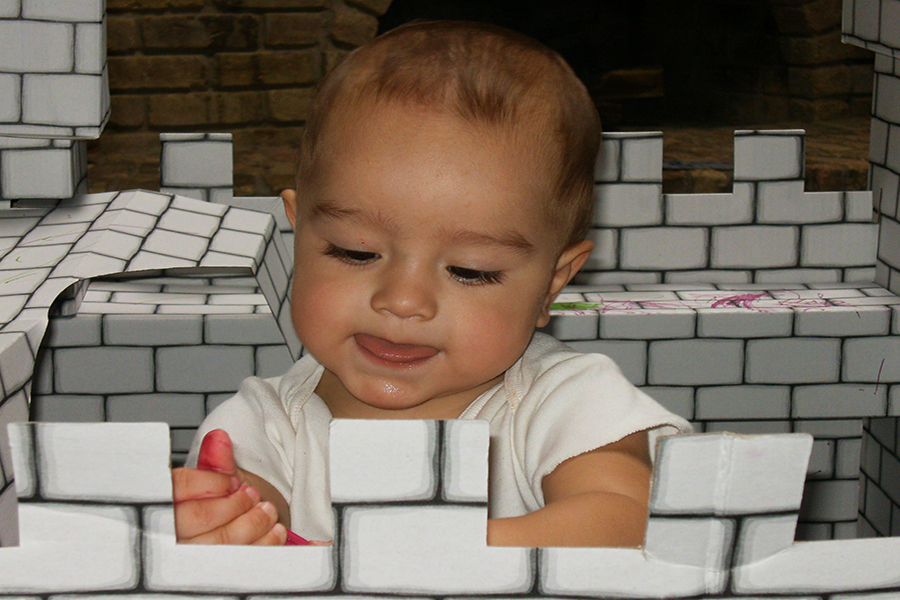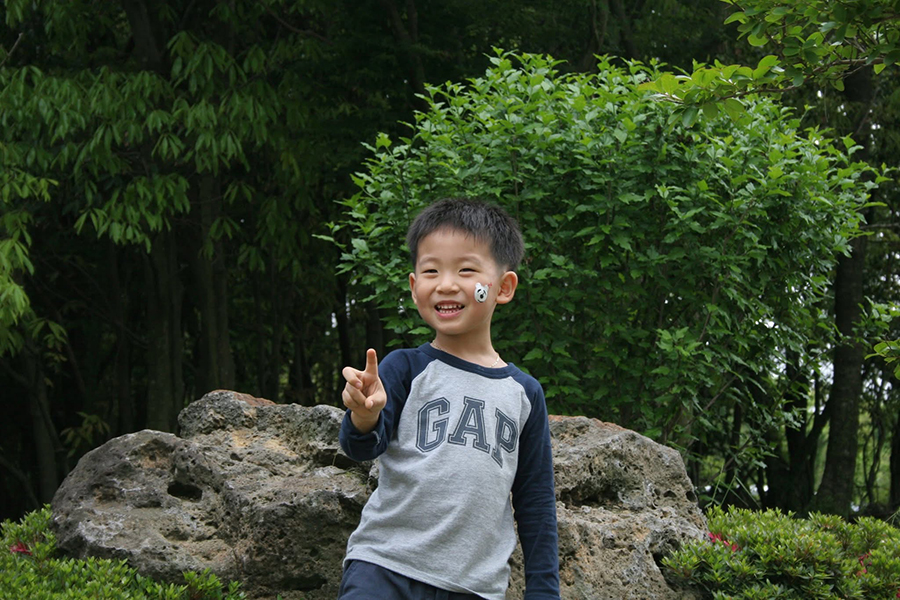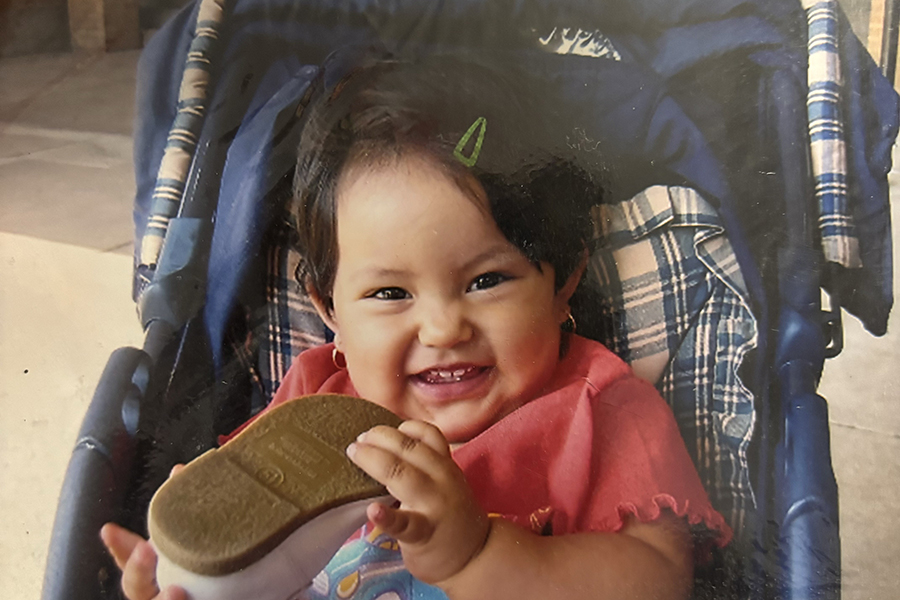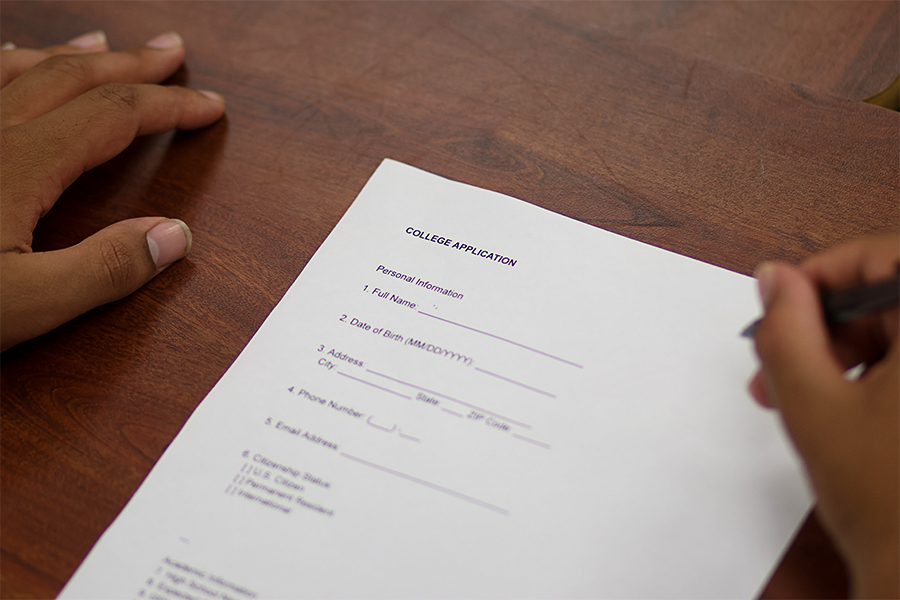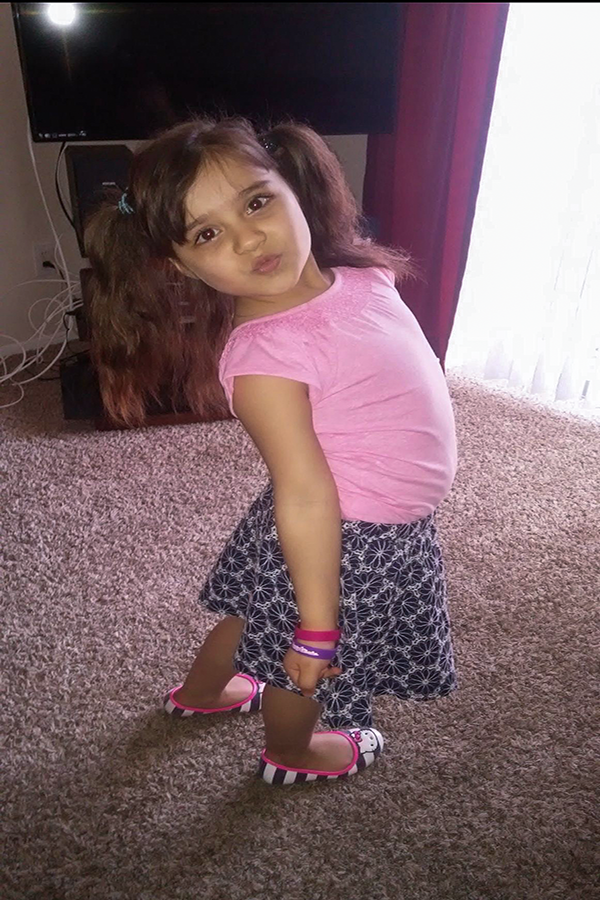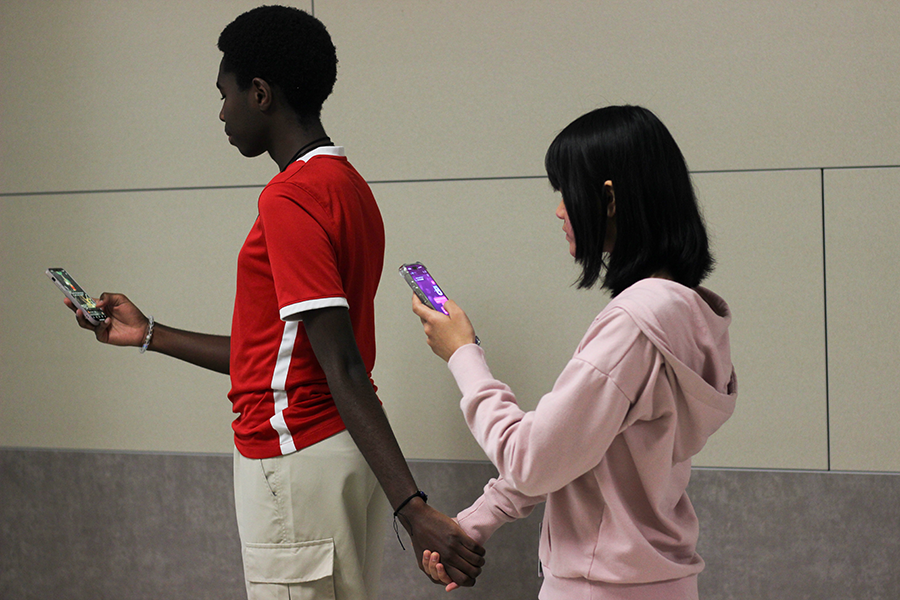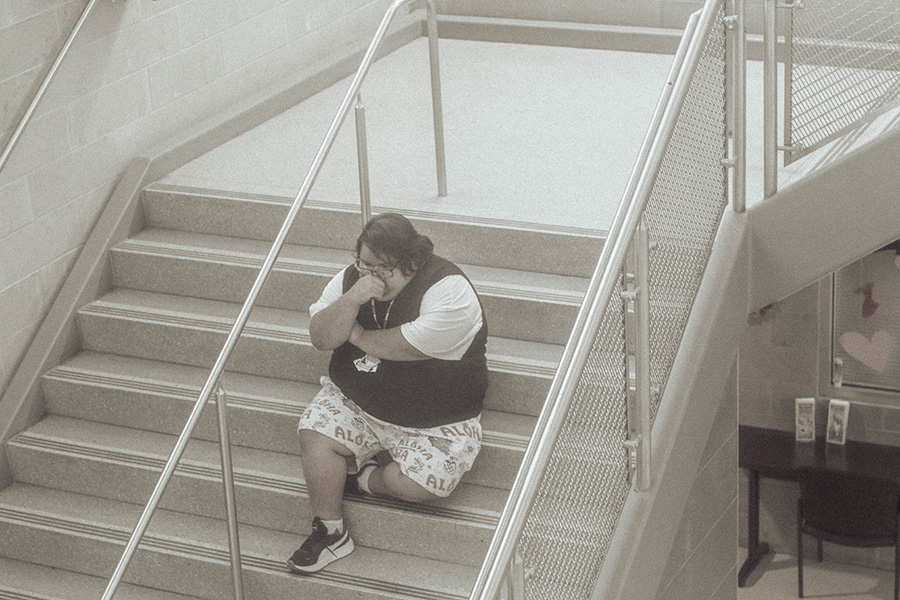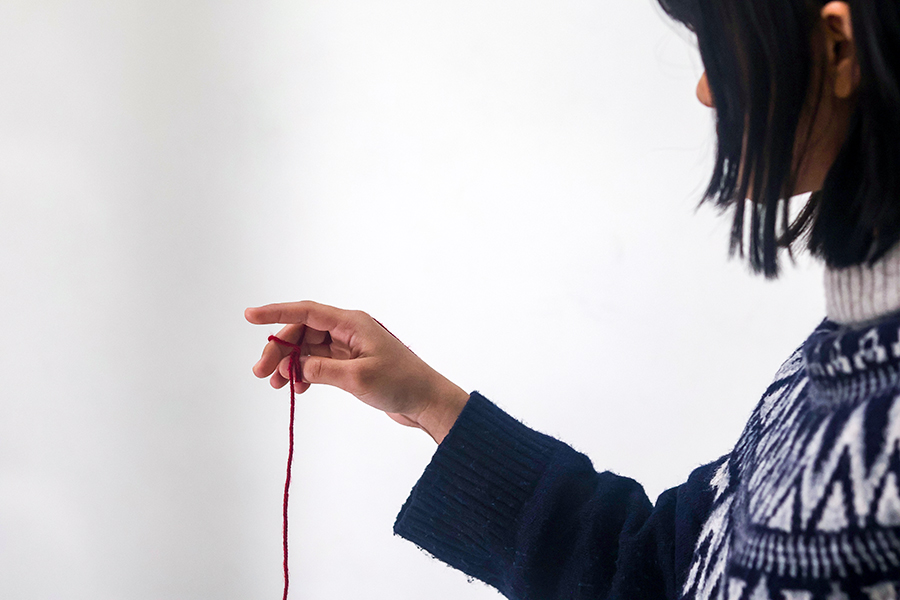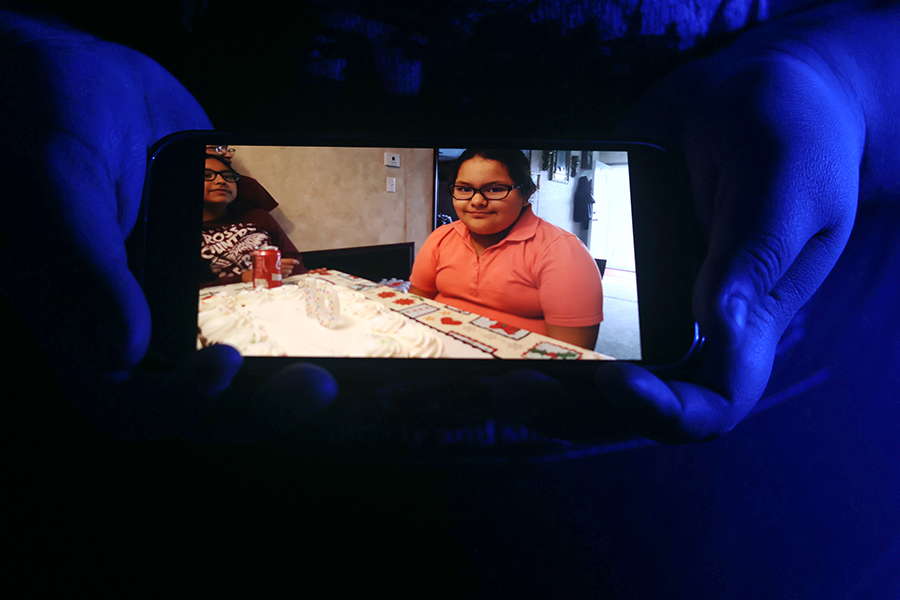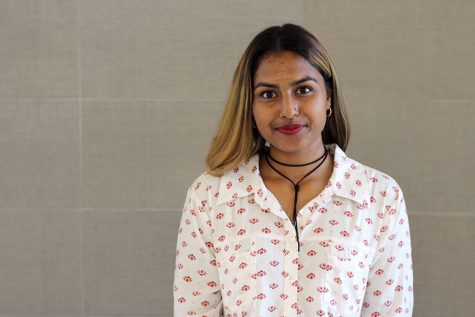“Why are you sad? You have a roof over your head, you have food on the table, you have good grades and a promising future. Why can’t you just fix yourself?” my mom asks me one afternoon. Words like these are common in varieties of cultures, especially in South Asian cultures, regarding mental health. The concept of it is almost nonexistent, which is highly toxic and dangerous.
Family and friends will say that you are overreacting. In some cultures, like mine, you can be considered a psychopath or possessed and be shamed from society when expressing mental illnesses. Unfortunately, families often stigmatize those who need medication or therapy and only see prayer as a legitimate “treatment.”
Some children who have mental illnesses are met with anger and abuse. These children are often seen as a product of failed parenting.
“I had everything, but life is a double-edged sword. If I tell everything, I will lose everything,” Neil Grover, a young Indian man, wrote in his suicide note. On Nov. 14, 1998, Grover, known as a ‘bright and ambitious medical student’ by his family, killed himself.
Whenever I attend any South Asian social gathering, one of the most common topics discussed are the successes of the parents’ children. You’ll hear words including engineer, lawyer, doctor, Yale, Harvard, medical school, award and high starting salary. These gatherings give parents the opportunity to show off their children like trophies. With such high expectations being constructed throughout the community, the pressure to be the model minority is tremendous.
This plays a role in the culture of enforced silence among the Desi, or South Asian, community. With parents talking about the child’s accomplishments, the child is more likely to hide his or her flaws and subsequent pain. Expressing any said pain is detrimental to the conjured self image of any child in this situation, in turn leaving them to feel as if they are damaging the expectations of our people. They are looked down upon and there would most definitely be gossip.
Grover did not lie. His mother says he was always happy; she couldn’t imagine why he would take his own life. Growing up as a South Asian, I, myself, was taught having a high pain tolerance, both physically and mentally, is considered to be an essential trait. We often keep our pain to ourselves because it is seen as a weakness; if we express any vulnerability we are told to tough it out and keep going. It is not a surprise that Grover didn’t show any signs of his pain.
The tendency to deny pain among young brown people, like myself and Neil Grover, has created an atmosphere of psychological distress. Mental health services are usually accessed at the highest point of desperation, when it is already too late. The stigma toward expressing pain results in a higher risk of self-harm and suicide for the Desi populace.
The Asian and Pacific Islander American Health Forum states that South Asian Americans, especially those between the ages of 15-24, are more likely to display depressive symptoms. The APIAHF found that there is a higher rate of suicide among South Asian women than the overall U.S. population. The study also noted the polarization between the high rates of suicide and the low rates depicting the utilization of mental health services, which didn’t surprise me, and wouldn’t surprise anyone else raised in the Desi community.
It is important that we educate the public and work toward fighting the stigma surrounding mental health. The week of Oct. 2-8 was Mental Illness Awareness Week, which takes place every year during the first week of October, and gives the perfect opportunity to educate the people around us and also provide ways of support.
Although there is a week dedicated to awareness, it is important that we address the issue year round and start talking about how our society deals with mental illnesses. Our parents need to know how we feel, therefore having open communication with them is necessary. Because they grew up in a society where mental health is nonexistent and didn’t have the resources, such as the internet, to tell them otherwise, it is critical that they become educated so they can help us receive support. South Asian culture is community culture, and as a community we need to ensure everyone has the love and support they need.

